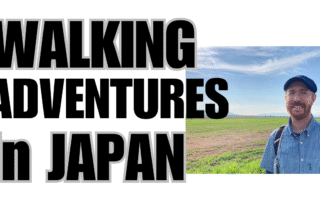
Episode 11 of the Japan Station podcast is here and this time we’re exploring the city of Tokyo.
Dr. Steven Heine is the director of the Asian Studies Program at Florida International University and author of the book Sacred High City, Sacred Low City: A Tale of Religious Sites in Two Tokyo Neighborhoods. In this episode we talk about:
- The history of Tokyo
- Why Tokyo is laid out the way it is
- The differences and similarities between the Shitamachi and Yamanote areas of Tokyo
- The differences and similarities between the Inarichō and Akasaka neighborhoods of Tokyo
- Why Inarichō is the “Akihabara of butsuden“ (Buddhist altars)
- What a gendai (contemporary) butsudan is
- The relationship between the fox god Inari, the legendary creature tengu, and the Sōtō sect of Zen Buddhism
- Whether Japanese people are religious
- The 1984 Juzo Itami film Osōshiki (The Funeral)
- Some not so well-known sites to check out during your next visit to Tokyo
- And much more!
By the end of this episode you’ll have a newfound appreciation for the city of Tokyo.
Extra Stuff
Sacred High City, Sacred Low City: A Tale of Religious Sites in Two Tokyo Neighborhoods is available for purchase on Amazon.
If you’re unfamiliar with the Lewis Black “End of the Universe”/”Starbucks” routine or you’d just like to listen to it again, you can do so via the video below.
For anyone interested in visiting the Natsume Soseki museum mentioned in the episode, please see the information below.
Natsume Soseki Memorial Museum (新宿区立漱石山房記念館)
Address: 7 Wasedaminamichō, Shinjuku, Tokyo 162-0043
Official Website (English)
And if you’re interested in visiting Nogi Shrine, see the information below.
Nogi Shrine (乃木神社)
Address: 8 Chome-11-27 Akasaka, Minato City, Tokyo
Official Website (Japanese)
Special Thanks
Opening/Closing song: Oedo Controller (大江戸コントローラー) by Yunomi featuring Toriena (Used with permission from Yunomi)
To listen to more of Yunomi’s music, check out his Soundcloud page or YouTube channel.
Japan Station cover art: Provided by Erik R.
Image: Courtesy of Dr. Steven Heine















